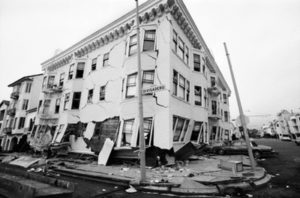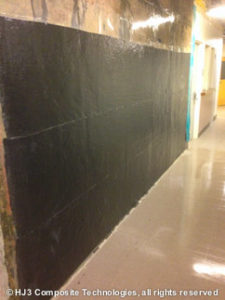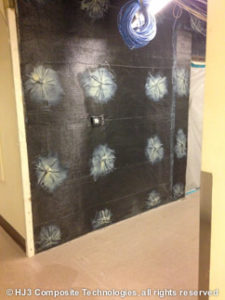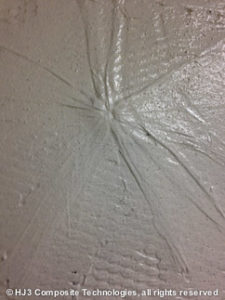†Enhancing Earthquake Resilience: HJ3's Carbon Fiber Innovation for California Buildings Key Details and Application Process California is no stranger to seismic activity, with its many active fault lines posing a constant risk. To protect lives and property, the state has introduced various retrofitting programs, including the Mandatory Soft Story Retrofit program, launched in 2013 by the Department of Building. This initiative requires older wood-framed multi-family buildings in San Francisco with soft-story conditions to undergo seismic upgrades. While this program targets specific structures, many concrete buildings across California are not required by law to upgrade. However, forward-thinking building owners are choosing to enhance their properties proactively. One such owner recently turned to HJ3 for a seismic upgrade, selecting the company’s innovative Civil™ system, known for its exceptional strength and durability. The project involved installing over 3,900 square feet of HJ3’s advanced carbon fiber, along with 1,700 carbon fiber anchor dowels. These reinforcements were carefully applied to multiple concrete walls, significantly improving their shear and flexural capacity, making the structure more resilient during an earthquake. Installation Process The process began with thorough cleaning of the walls to remove any dust or debris. Drilling was then performed at 2-square-foot intervals to ensure even distribution of the carbon fiber reinforcement. The fabric was saturated with high-performance resin and carefully wrapped around the walls. Carbon fiber dowels were strategically placed to maximize structural integrity. Finally, excess fibers were feathered out for a smooth finish before applying HJ3’s ultra-durable topcoat. Results and Benefits The entire seismic upgrade was completed in just seven days, showcasing the efficiency of HJ3’s system. Beyond enhancing safety, the use of carbon fiber led to significant cost savings, reduced downtime, and a lower environmental impact compared to traditional steel solutions. Additionally, the lightweight nature of carbon fiber—just four ounces per square foot—meant minimal added weight to the existing concrete structure, avoiding potential risks that steel upgrades might introduce. If your building needs a seismic retrofit and you're interested in exploring the benefits of HJ3’s carbon fiber technology, don’t hesitate to reach out today. We’re here to help make your property safer and more resilient against future earthquakes. †††  One-stop mold platform,Professional mold processing manufacturers,molding



The injection mold holder is an indispensable core component in the production of plastic and rubber products. This paper will introduce the concept, classification, application scenario, design principle and manufacturing process of injection Mould frame in detail, as well as its importance in the production process of plastic and rubber products.
First, the basic concept and classification of injection mold frame
An injection mold holder, also known as an injection mold, is a special tool for the production of plastic and rubber products. It is mainly composed of mold cavity, pouring system, cooling system, ejecting device and other parts. According to the structural characteristics of the mold, the injection mold frame can be divided into the following categories:
1. The second Plate mold: composed of the upper template, the lower template and the mold cavity, it is one of the most widely used injection mold frames.
2. Three plate die: an intermediate plate is added on the basis of the two plate die, which is used to control the opening and closing of the mold cavity.
3. Hot runner mold: Using hot runner technology, multi-color or co-injection can be achieved, mainly used for the production of complex plastic products.
4. Gas assisted injection mold: improve the internal structure and appearance of plastic products by introducing gas, suitable for the production of large plastic products.
Injection Mold holder: the core component in the production of plastic and rubber products